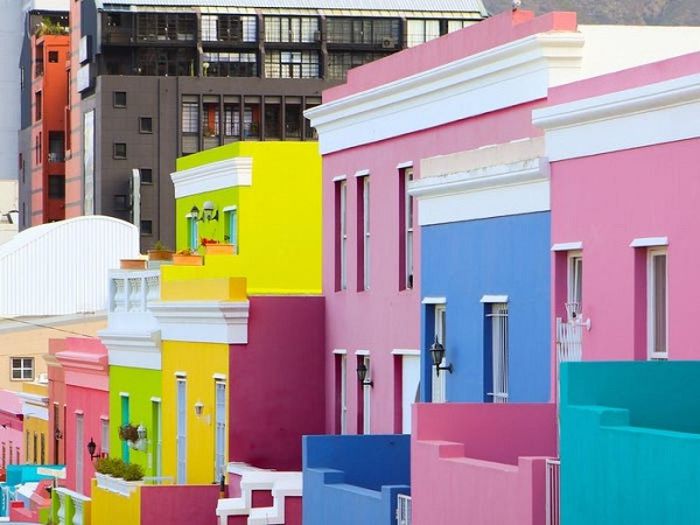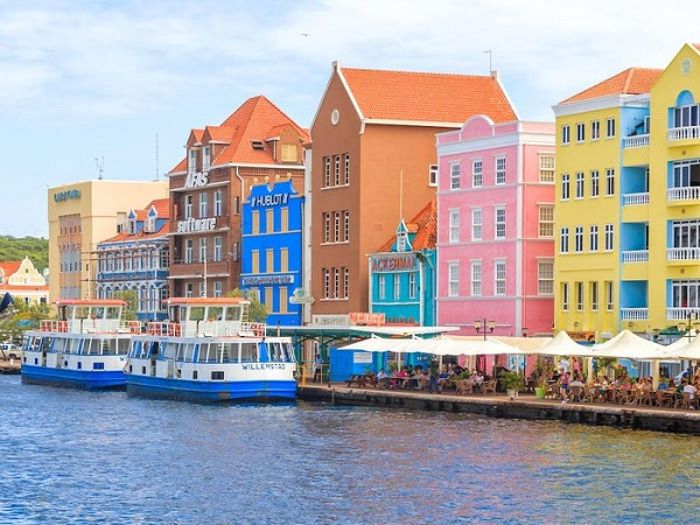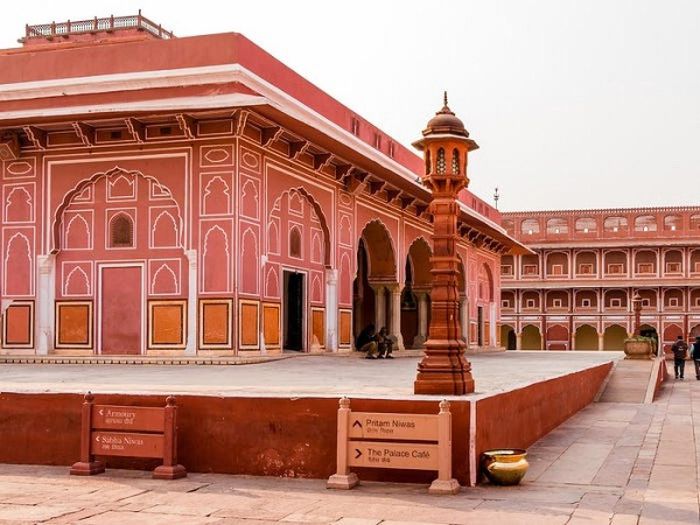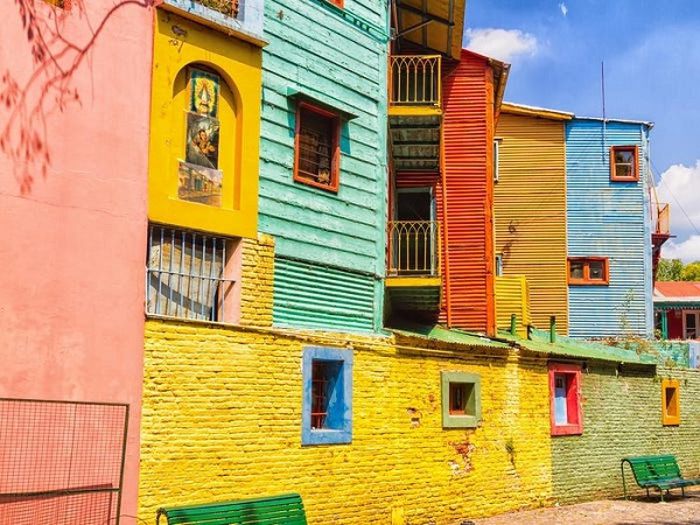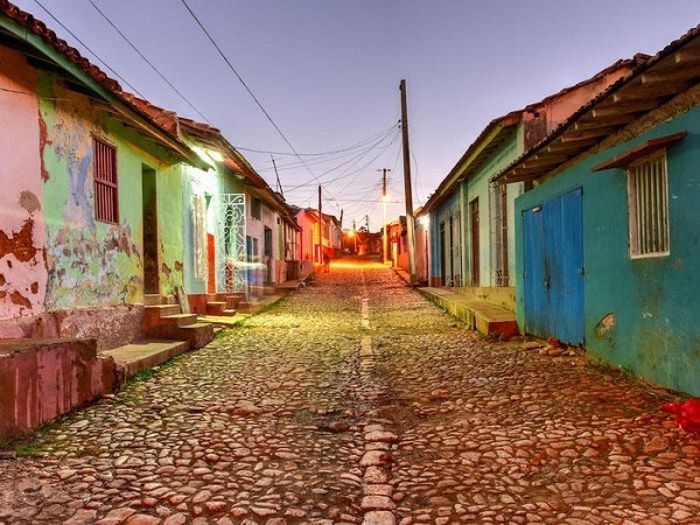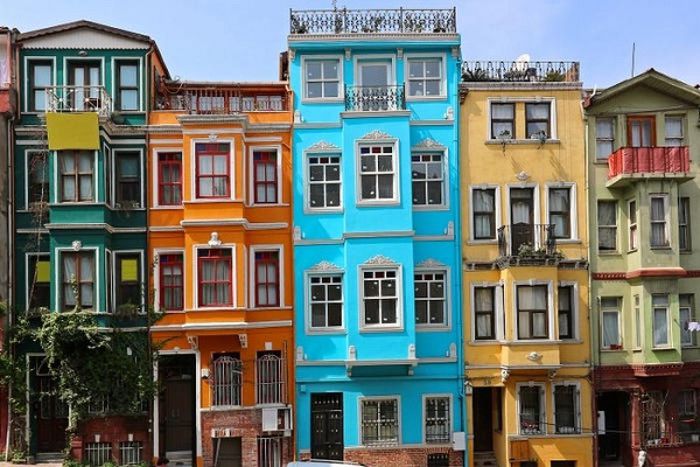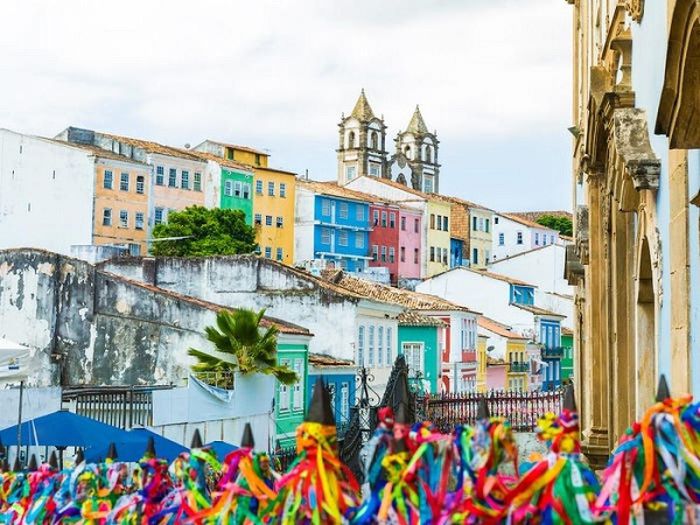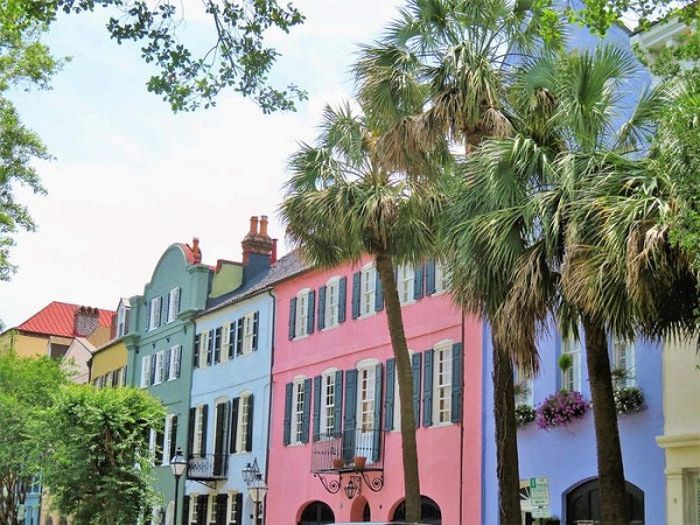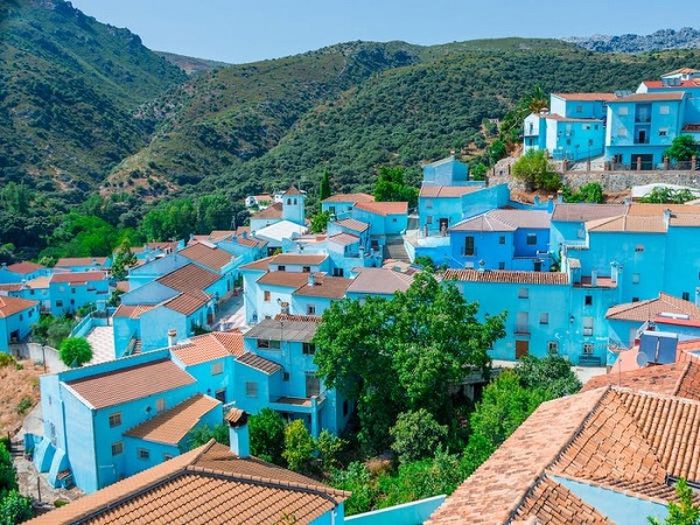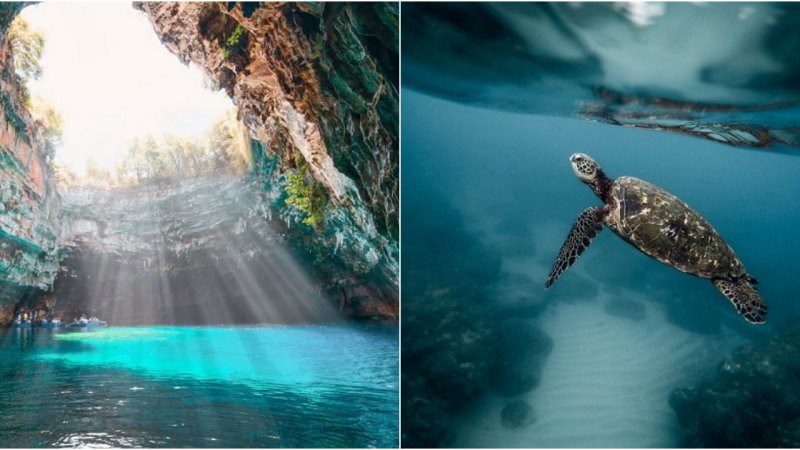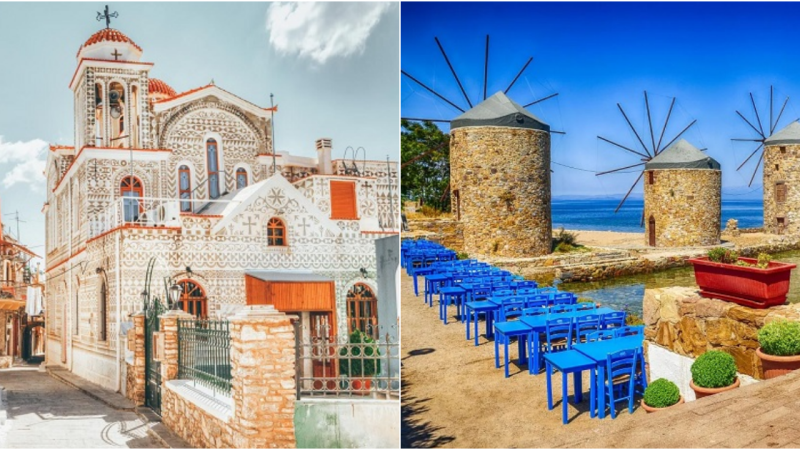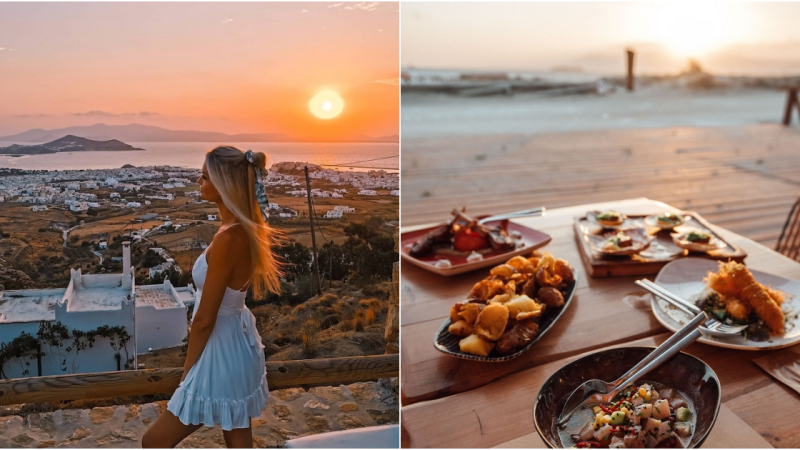Exploring the 13 Most Colorful Cities in the World
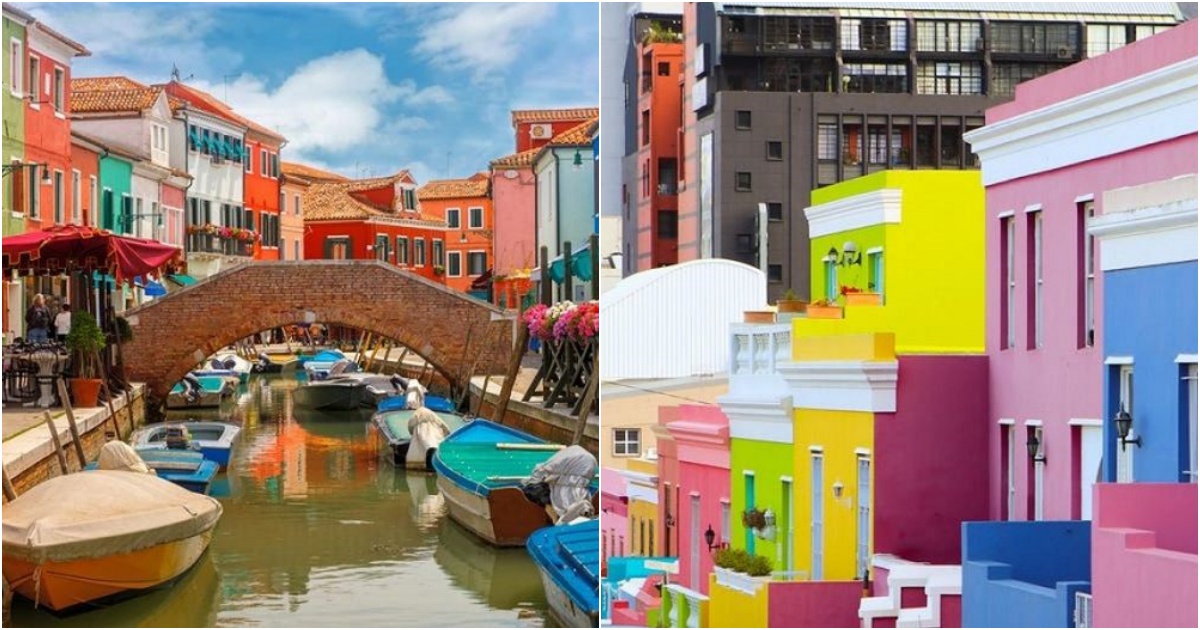
The birth of vibrant and colorful destinations around the world is often intertwined with the historical traditions of the city.
Burano Island, Italy
According to a local legend, the fishermen of the island began painting their houses in bright colors such as orange, red, yellow, and purple so they could spot them while fishing in the fog and follow the colors back home. Today, this practice is regulated by the government, and if you want to paint your house, you have to seek permission, and they will assign a specific color for your building.
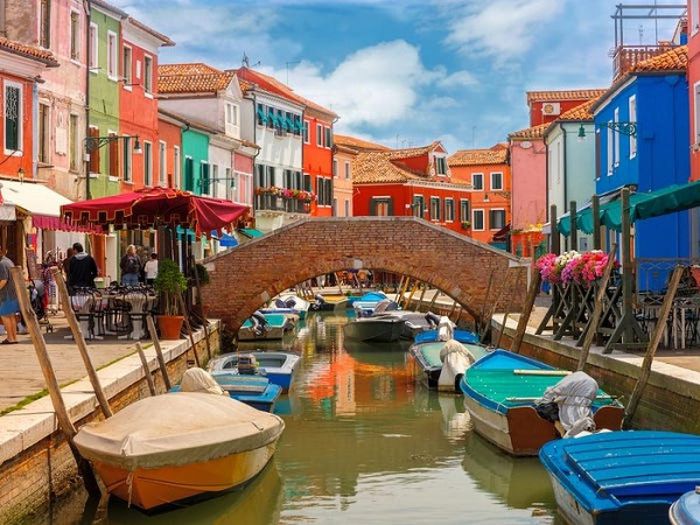
Bo-Kaap, Cape Town, South Africa
Bo-Kaap, formerly known as the Malay Quarter, takes its name from the Malay slaves brought from the Malaysian archipelago. The mosques and houses in Bo-Kaap resemble a vibrant rainbow with colors like turquoise, fuchsia pink, sunny yellow, and neon green. This is one of the oldest neighborhoods in the city, dating back to the 16th century, but the colorful facades were added more recently.
Willemstad, Curaçao
The vibrant colors adorning the capital city of Willemstad on the island of Curaçao (located in the southern Caribbean Sea) originated from a governor’s migraine. In the 1800s, the governor believed that the color white caused his headaches, so he issued a decree stating that buildings could be painted any color except white. Today, this city is recognized as a UNESCO World Heritage Site.
Jodhpur, India
This blue city is located in the western state of Rajasthan and serves as a colorful reminder of India’s social hierarchy. In the past, the Brahmins, the upper class, painted their houses in royal blue to distinguish their wealth from the lower classes. Over time, others also followed suit. Even the Mehrangarh Fort in the city is adorned with a layer of blue paint. The popularity of the blue color is also attributed to the chemical composition of the blue pigment, which acts as a natural termite repellent and keeps the houses cool and visually stunning under the blazing sun.
Jaipur, India
The capital of the Rajasthan state dons a pink hue since the 19th century when India was still under British rule. To welcome the visit of Edward, the Prince of Wales, local leaders painted the city in pink, a traditional color symbolizing hospitality. Since then, a law has been passed to ensure that the city remains pink and welcoming to tourists.
La Boca, Buenos Aires, Argentina
Caminito, the famous colorful street in the city, situated by the Riachuelo River, attracts tourists with its vibrant hues. The houses here are constructed from leftover materials from the local shipyard and painted with whatever paint is available. Today, the lively palette has brightened the working-class neighborhood, making it an appealing destination for visitors from around the world.
Trinidad, Cuba
Located in the Sancti Spíritus province, in central Cuba, the buildings in the city of Trinidad have been painted with colors like sugarcane green, deep blue, and sunny yellow since the 16th century. Sometimes, all these colors blend together on a single building. This city has been recognized as a UNESCO World Heritage Site and attracts numerous tourists. Prominent attractions here include the ancient San Francisco monastery, the Palacio Brunet palace, and the Palacio Cantero building.
Balat, Istanbul, Turkey
Balat, the Jewish quarter of Istanbul since Byzantine times, resembles a patchwork quilt with its red, blue, and green buildings. Over time, this area has become an attractive destination for tourists to explore and learn about its rich history. People are excited to walk through the maze-like streets, surrounded by colorfulhouses and numerous modern shops, cafes, and art galleries.
Pelourinho, Salvador, Brazil
Pelourinho, formerly the site of the first slave market on the continent, suffered decay after the abolition of slavery in 1835. In 1985, Pelourinho was recognized as a UNESCO World Heritage Site, and the neighborhood began a process of revitalization. Now, it has become a famous tourist destination, attracting visitors from all over to enjoy the cuisine, dance, and visit the Afro-Brazilian Museum.
Rainbow Row, Charleston, South Carolina
The rows of pastel-colored houses near Charleston’s historic waterfront have stood tall since the late 1700s, surviving the Civil War and the rebuilding process. Local lore suggests that the gentle pastel shades helped intoxicated sailors recognize their boardinghouses, while others believe that the shops used these colors as a form of advertising. These cities stand out as colorful havens that bring joy and vibrancy to their inhabitants and visitors alike. Exploring their colorful streets and buildings is a delightful experience that showcases the unique cultural heritage and artistic expressions of each destination.
Júzcar, Spain
The reason this town is colorful is actually related to Hollywood movies. In 2011, representatives from Sony Pictures asked the residents of the Andalucia region if they could paint the town blue to promote the 3D animated film “The Smurfs.” The residents agreed, and when the promotional campaign ended, Sony suggested restoring the town to its original state. However, the people of Júzcar voted to keep the blue color, and it has remained that way ever since.
Valparaíso, Chile
The central port city of Valparaíso has been recognized by UNESCO as a World Heritage Site. The houses, shops, restaurants, and clubs in the city are adorned with vibrant colors, making it stand out. This is thanks to the contribution of street artists who have quickly transformed the streets, and even the mountain-climbing railways, into open-air art galleries.
St. John’s, Newfoundland, Canada
The most notable feature of the capital city of St. John’s in the province of Newfoundland and Labrador is its row of colorful houses from the Victorian era running through the city center. They are called “jellybean houses” due to their bright colors of red, blue, yellow, and green. These houses were decorated with vibrant colors starting in the 1970s to bring life and joy to a struggling urban center.
These cities showcase the power of colors in creating a vibrant and lively atmosphere. Whether it’s through movie promotions, street art, or revitalizing urban spaces, the use of vibrant colors has transformed these cities into unique and visually captivating destinations.
